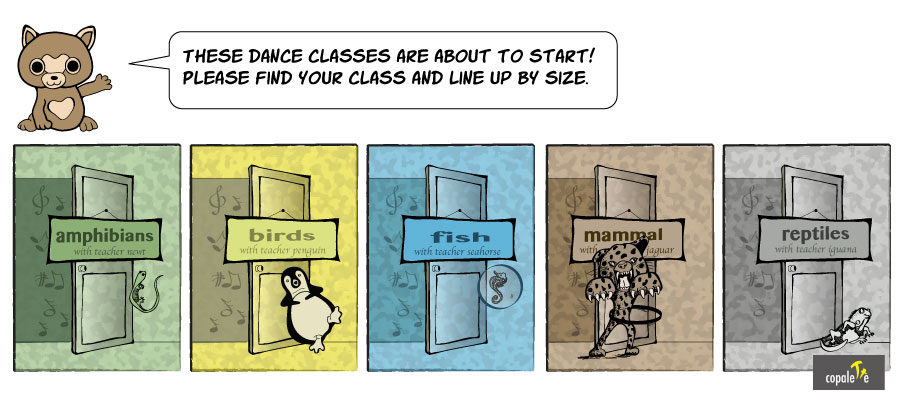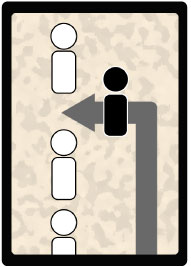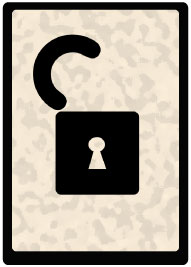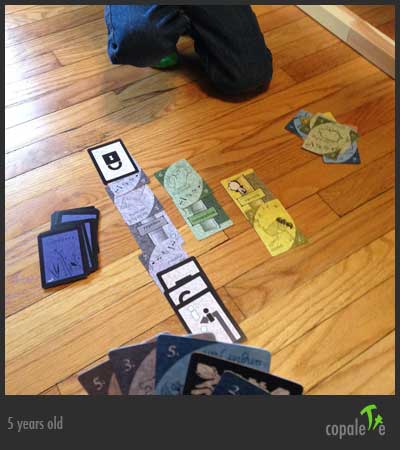Chordata: Animal Classification Game

Chordata is the scientific name for the phylum we humans are most familiar with. It’s the one we belong to, after all, along with other vertebrates (not all chordates are vertebrates, but that’s for another game.) As an introduction to Chordata, we’ve included five (5) classes: Amphibians, Birds, Fishes, Mammals, and Reptiles. There are more, and subclasses to boot, but those are beyond the scope of our mini-game.
This game includes 35 animals who are eager to learn some dance moves, but they need your help to find their respective classes. Join the fun and line them up. The bigger the animal dancer, the higher the points. Feed your animal and get double points, but watch out for opponents looking to steal your best (or at least, biggest) dancers!
How To Play
Contents of Card GAme
- 5 class cards
- 35 animal cards (7 each class)
- 10 special cards
Object
Get the biggest animal dancers on your side of the class to earn the most points. The bigger the animal, the higher the points.
Players
Two players
Setup
Shuffle the full deck and give each player five (5) cards. Place the rest of the cards face-down in the middle. Each player looks at his own cards, hiding them from them for his opponent.
Play
- The youngest player starts the game.
- Players take turns doing one of four possible moves:
- Start a dance class *
- Line up for an already started dance class **
- Play a special card ***
- Discard a card ****
- While there are still cards on the middle deck, a player must replace the card used during his/ her move.
- When all cards have been played (middle deck and the cards held by each player), scores are tallied and the highest-scoring player wins!
* HOW TO START A DANCE CLASS
To start a dance class, play one of the five (5) class cards:

** HOW TO LINE UP TO AN OPEN DANCE CLASS
To put an animal card down, follow these rules:
- The animal card must be the same color as the class card
- The animal cards must be lined up from smallest (#1) to biggest (#7). You can skip numbers (e.g. you can place #2, 3, 4, 5, 6 or 7 directly after #1)
- Players 1 and 2 should place their animals cards on separate sides of the class cards to allow them to keep track of which cards they played.

*** HOW TO PLAY A SPECIAL CARD
Playing a special card modifies the player’s current, or next moves.





**** HOW TO DISCARD A CARD
A player cannot pass and not make a move. If the player cannot do any of the other valid moves, he/she simply discards one card onto a discard pile.
Ending the Game
When the middle deck is gone, continue playing until players have put down all their cards. When all cards are down, the game ends.
Scoring
At the end of the game, add up all the points for each player. Note that the numbers on the animal cards are used for both sequencing AND points. Don’t forget to double the points of any card following a food card. The player with the most points wins!
In Action:
How to Get This Game
There are two ways to get this game. First, simply download via the button below.
Or order print on demand (POD) through the folks at The Game Crafter. Click here to learn that All Sales are final and read about other important things to expect when ordering our POD products.





